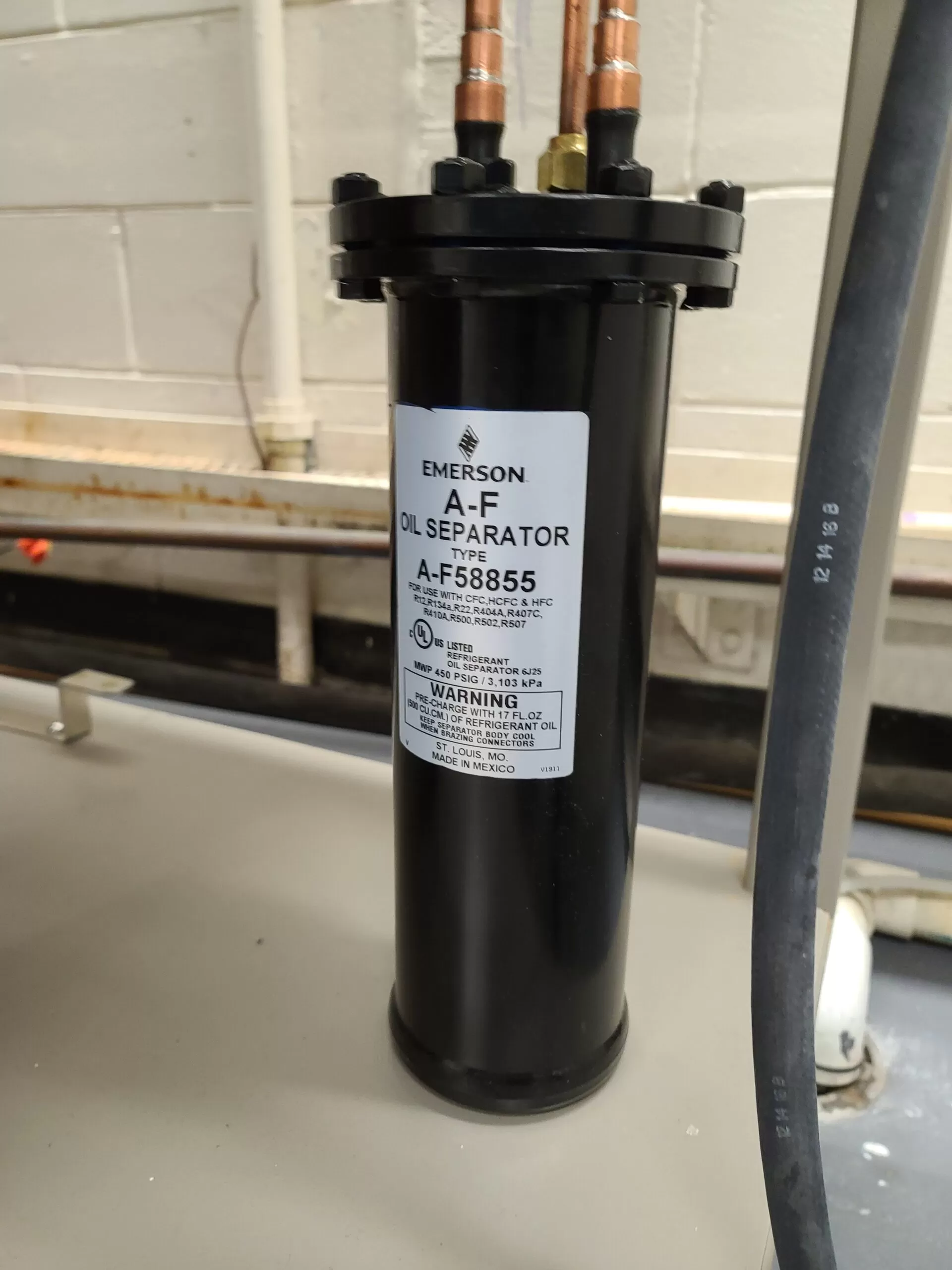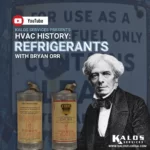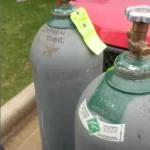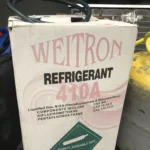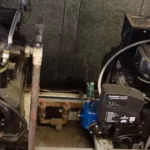Oil management is a critical part of rack refrigeration care, operation, and maintenance. After all, oil is what keeps the compressor bearings lubricated; without it, compressors would live much shorter lives. However, oil needs to stay near the compressor and does not go through the entire refrigeration circuit. In the commercial refrigeration world, we can thank the oil separators for that.
Oil separators take the discharge gas from the compressor and separate the oil from the refrigerant. That way, the refrigerant proceeds to the condensing unit, and the oil returns to a reservoir for use near the compressor.
Commercial oil separators come in three main varieties, but they all accomplish the same task: separate oil from the refrigerant and send it back to the reservoir. This article will look at three different types of commercial oil separators; it will explain how they work and take a look at each type's benefits and drawbacks.
IMPINGEMENT SEPARATOR
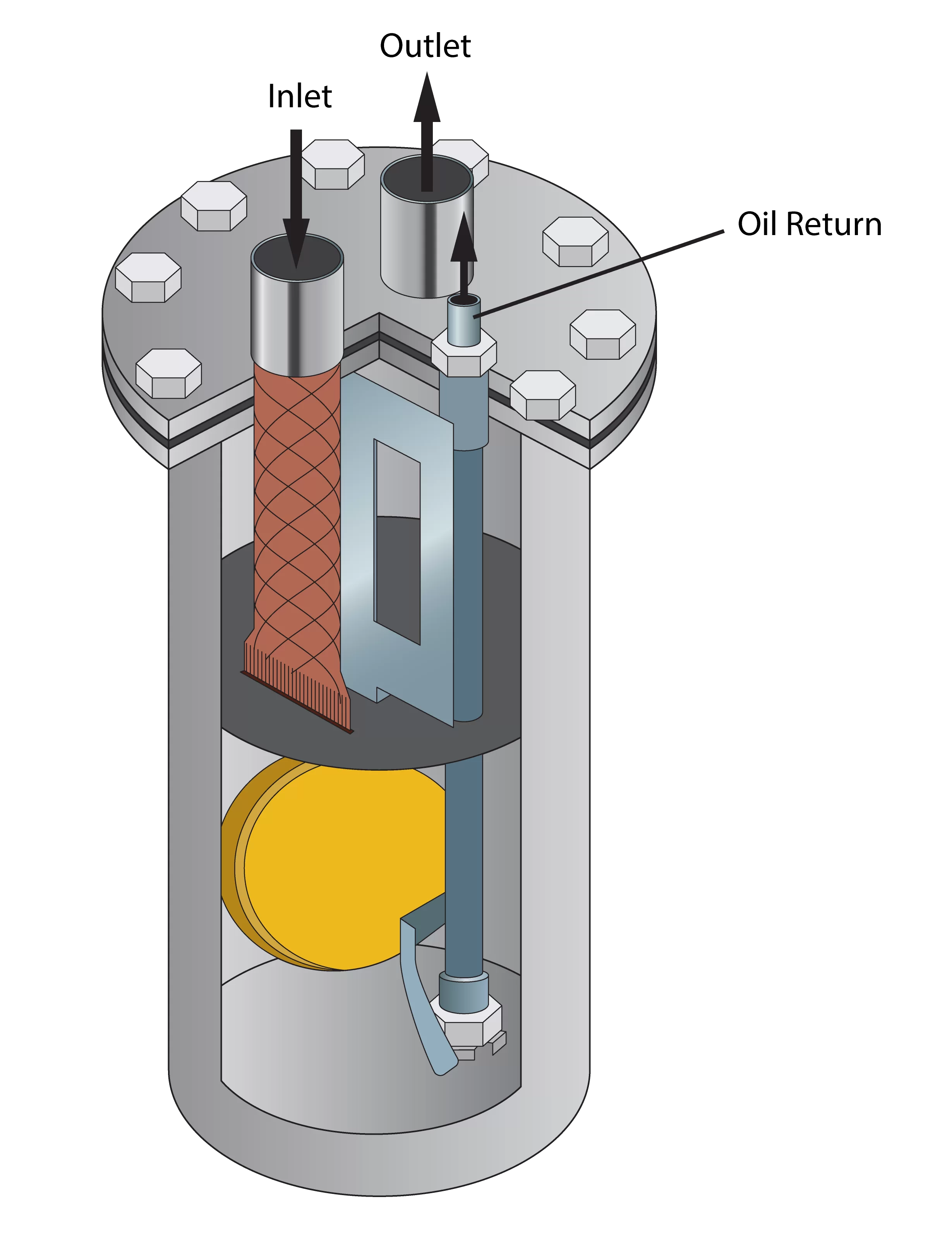
The oldest type of oil separator is the impingement-style separator. These separators use screen socks or filters that separate the inlet and outlet; the gas passes through the filters, and the oil vapor gathers into large droplets. As the refrigerant passes through the outlet, the oil droplets drip to the bottom of the separator and into a vessel. Inside the separator, a baffle prevents the vapor from shortcutting and bypassing filtration.
Three different separation processes are at work in the impingement separator. The first and most intuitive process deals with the screen socks; when the gas comes into contact with the screen sock, oil gets stripped from the mixture. There are also two changes in velocity that happen inside the separator: a change in speed and a change in direction. A change in the speed at which the gas moves causes some oil to be ejected from the refrigerant; think about slamming the brakes on a fast-moving car and having all the car's contents slide to the front. Changes in the direction also cause some oil to separate from the refrigerant; think about taking sharp turns with a car and having the contents slide around.
Impingement separator benefits
Impingement separators have remained in use for a long time due to their reliability. These separators also happen to be some of the least expensive on the market, and they don't have parts that need semi-regular replacement. System designers can also oversize these separators without a huge impact on efficiency.
Impingement separator drawbacks
The impingement separator tends to be less efficient than some of the newer models; these are only around 80% effective. When oil remains in the gas, it travels through the rest of the refrigerant circuit and may clog up the pipes if it gets stuck in low-lying areas.
A pressure drop can also occur across an undersized separator when the screen socks get clogged with debris. As with a dirty A/C filter, debris is a restriction; without adequate room for the remaining fluid to pass through, the pressure builds on one side and is much lower on the other.
CENTRIFUGAL SEPARATOR
The centrifugal separator is a bit simpler and more straightforward. It simply relies on centrifugal (spinning) force and layers of screen mesh along the side to separate the oil and drain it out.
The discharge gas enters the separator at an angle. The angle of entry causes the discharge gas begins moving in a vortex-like motion inside the separator can. As the gas maintains that circular motion, the oil stays on the outer side of the vortex. Since the oil is on the outer side, it comes into contact with the screen mesh; the oil comes together in larger droplets and drains out as it drips down the mesh.
Another type of separator, the helical separator (pictured below), uses the same principle with a slightly different process. Instead of there being a mesh on the side of the can, there are plates all around it. The heavier oil droplets collide with these plates and drain downward.
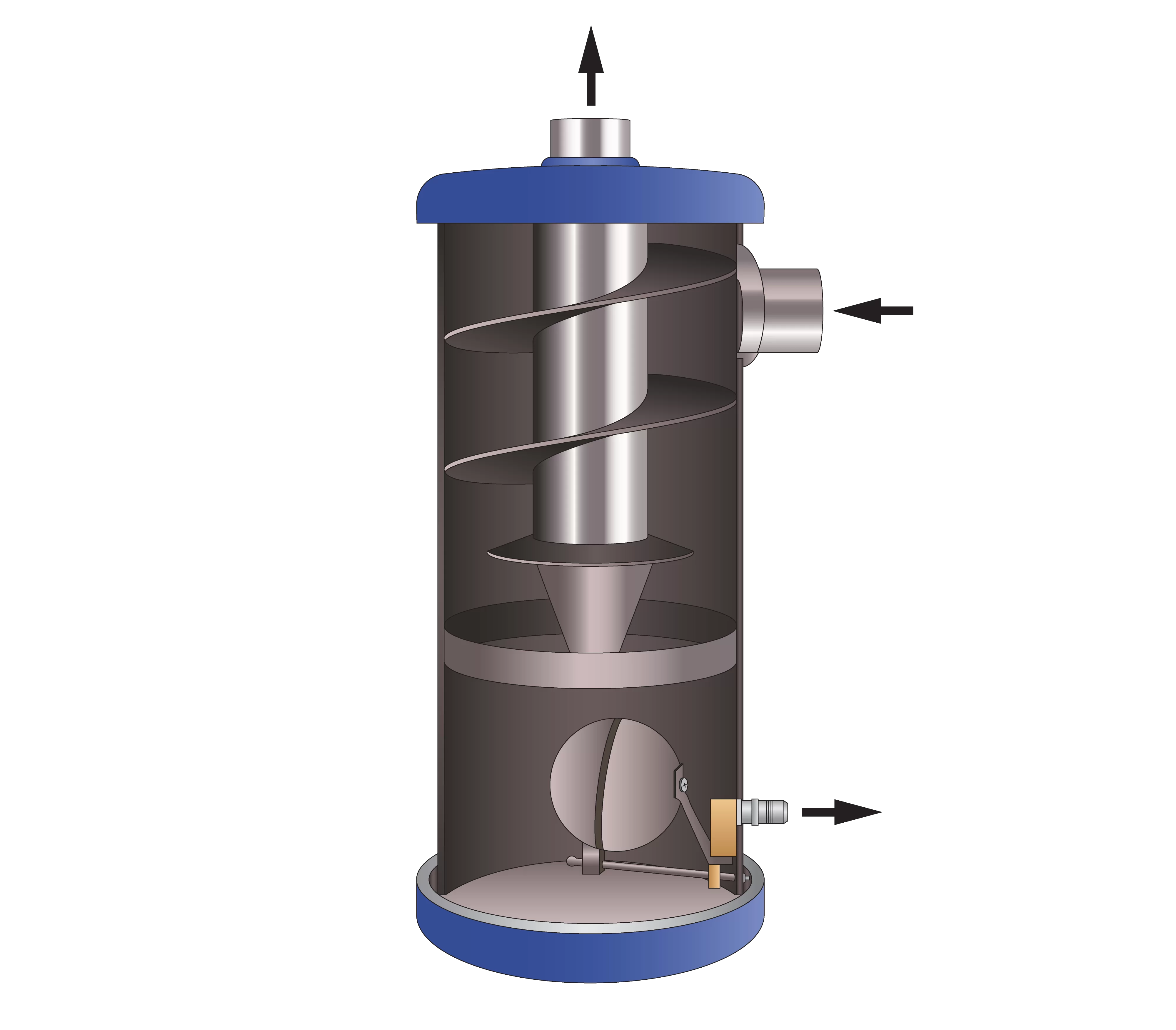
Centrifugal separator benefits
Centrifugal separators tend to be highly efficient when the system designer adheres to correct sizing guidelines. When sized properly, a centrifugal separator can be 99% effective.
These separators also have a low pressure drop and are reliable, as there are no filters that need replacement.
Centrifugal separator drawbacks
Sizing is much more critical for centrifugal compressors than the other commercial oil separators.
Oversizing and lower-load conditions can significantly decrease the efficiency of centrifugal separators. Smaller cooling loads will cause the discharge gas to enter the separator at a lower velocity, making it harder to fling the oil to the sides of the can.
COALESCING SEPARATOR
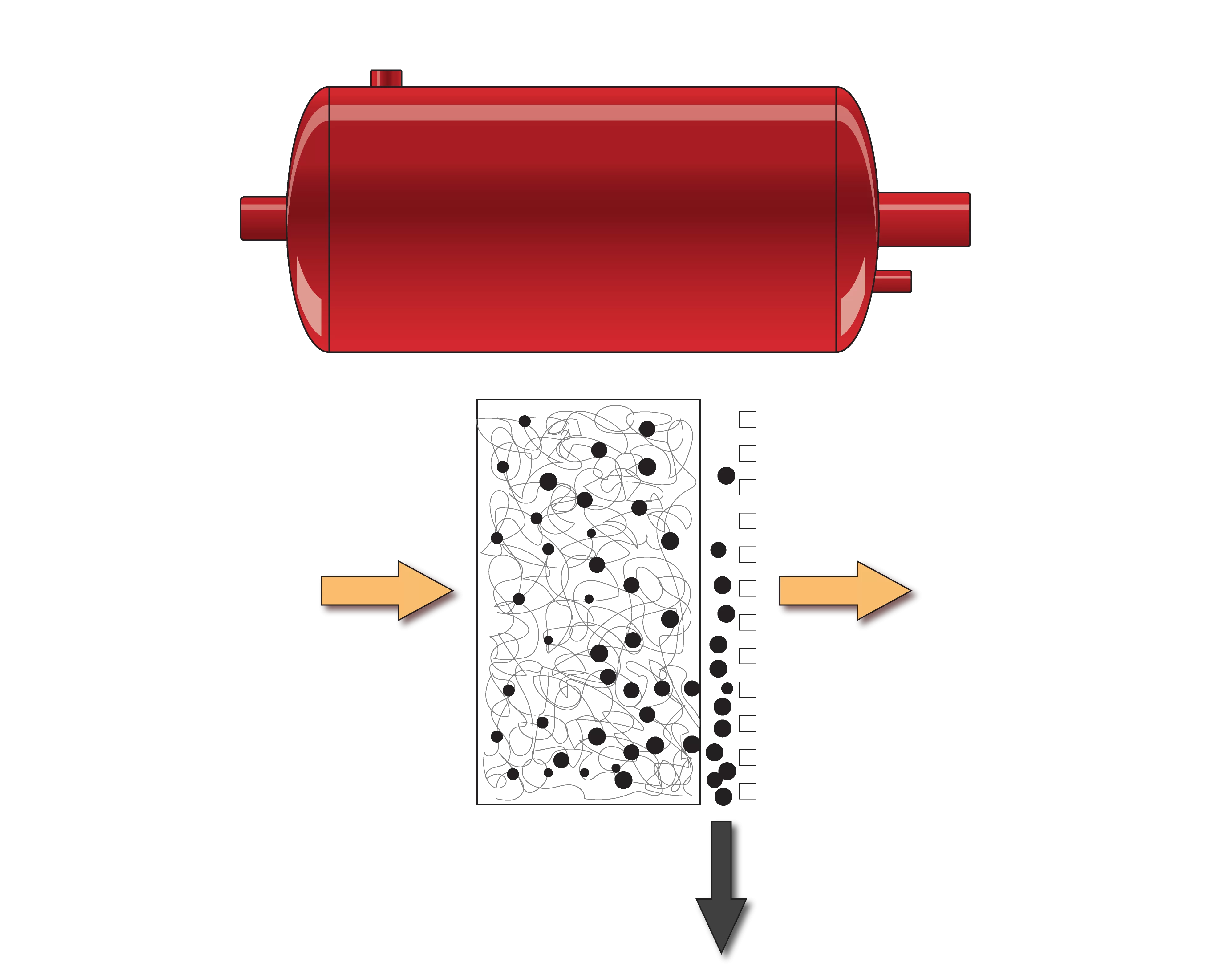
The coalescing separator sends discharge gas through an inlet at the bottom and uses a filter to strain the oil from the discharge gas. As discharge gas moves into the separator, oil collects on a filter (made of a material resembling fiberglass). The filter works from the inside out, so the oil droplets get larger and larger because they coalesce as they move through the filter. When the oil reaches the outside of the filter, gravity allows it to drain into a sump.
Like the other types, coalescing separators need the discharge gas to have enough velocity. If the discharge gas is moving too slowly, the oil particles might be able to weave through the filter instead of colliding with the fibers. Unlike the other types, coalescing separators need to have their filters replaced on occasion. They also come with a removable flange that allows you to access the filter, and there are some costs associated with filter and flange replacement.
Coalescing separator benefits
When sized properly, coalescing separators can be more than 99% efficient. The nature of the coalescing separator also allows it to remove other contaminants from the discharge gas, which can prevent pipe restrictions that negatively affect performance.
Coalescing separator drawbacks
The filters of coalescing separators need replacement from time to time, which makes these separators a bit pricier than the other types. Dirty filters can cause a large pressure drop, and they may even rupture in extreme cases. So, maintenance is especially critical and may be pricey.
Overall, each oil separator has its benefits, drawbacks, and appropriate uses. When efficiency is less of a concern than price, the good old impingement separator will be best. If you want an efficient, reliable option and can work with tight sizing parameters, then the centrifugal separator could suit your system best. Instead, if you're willing to spend a bit more on maintenance but want the best possible efficiency and contaminant removal, then the coalescing separator is ideal.
Ultimately, there is no best option that will suit everyone. Each facility manager's “ideal” oil separator will vary by budget and each individual refrigeration system's needs.

